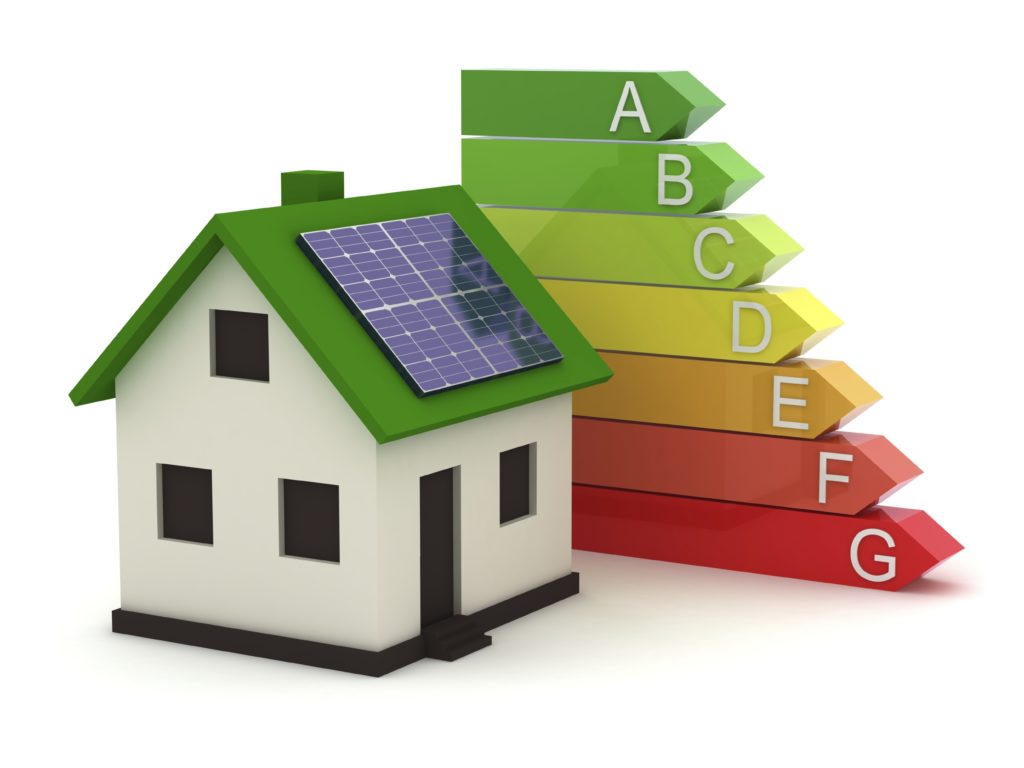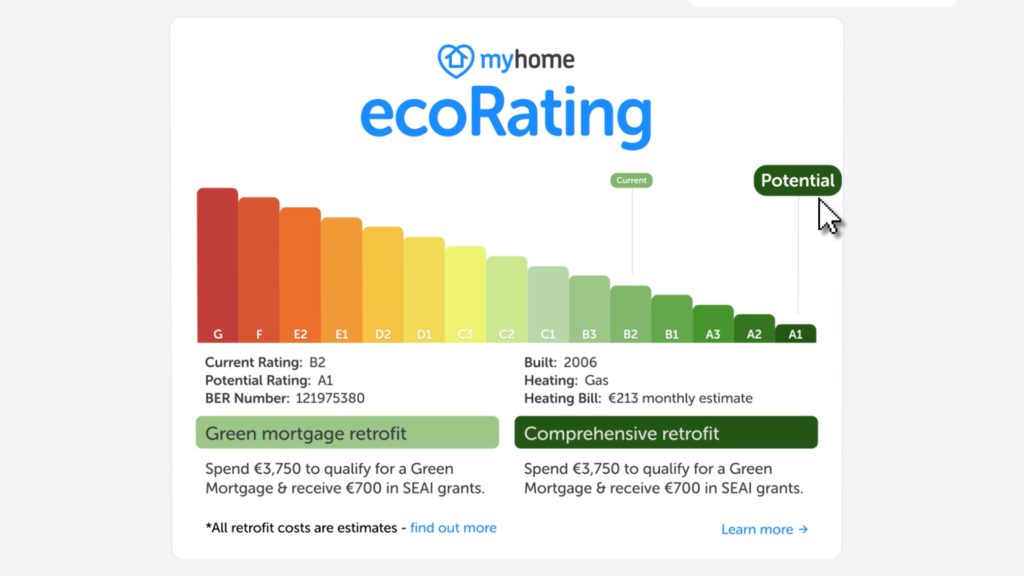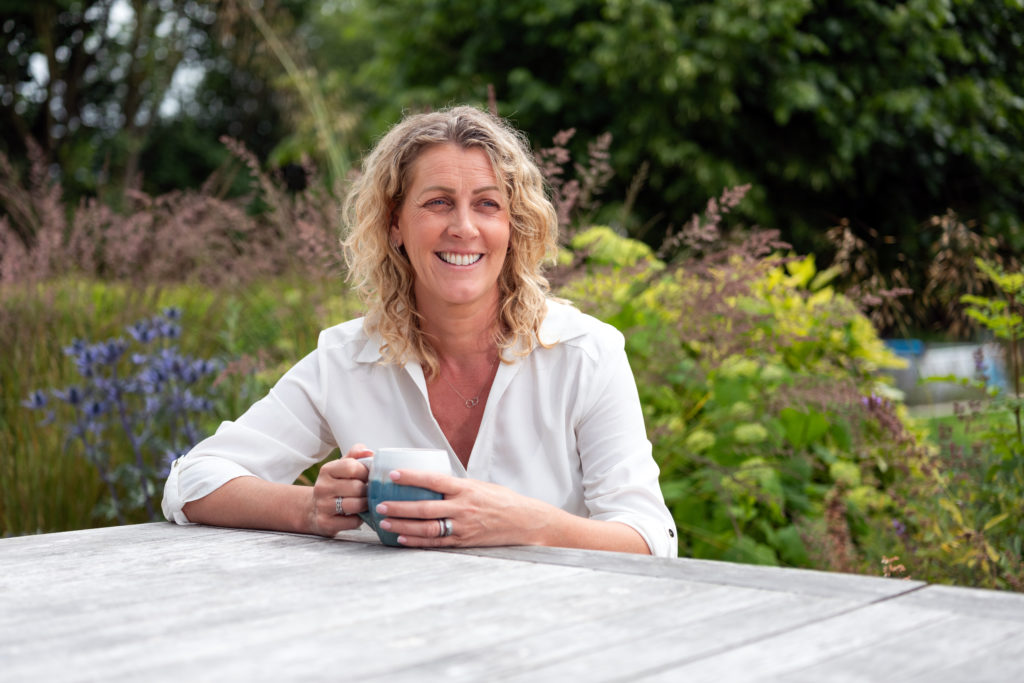Nowadays it’s important to save wherever you can in the home and one of the best way to do that is to improve the Building Energy Rating of your home.
A BER certificate is now essential if you’re selling or letting a property and is increasingly becoming important to potential buyers as they look to ensure they are not paying a small fortune to heat a home.
Some of the things you can do include:
- Insulating external or internal walls for better thermal performance – your architect will advise on the best option and on any planning requirement
- Upgrading of windows to improve the thermal performance and reduce heat loss, also known as U-values. For example, upgrading an existing sunroom or conservatory with triple glazing can ensure that it can be used all-year-round.
- Improving the air-tightness of your home to avoid unwanted air leaks. Commonly an air pressure test is used to identify air leaks.
- Fitting of renewable energy sources such as solar collectors for hot water, wood pellet boilers or heat pumps. As these are expensive additions, your architect will advise on the payback implications.
- Remodelling your home for better orientation to benefit from light. Your architect may recommend changes to the layout or opening up a south-facing wall to benefit from sunlight, also known as passive solar gain.
Everyone who sets out to improve the energy performance of their home wants to find the best and most cost effective improvements that are appropriate to their needs and their budget. With a wide range of energy efficiency measures to choose from, how can we make the right choices and avoid making expensive ‘eco-bling’ mistakes?
According to RIAI architect and energy expert, William Scott, common mistakes in the refurbishment of Irish homes include:
- Replacing old windows and doors with modern, well-sealed units and blocking up of fireplaces without providing alternative ventilation. “A lack of adequate ventilation in home will lead to a build up of humidity, condensation and mould growth and a consequent risk to occupants’ health”, warns William Scott.
- On the other hand, making a big investment in wall and roof insulation or a high efficiency boiler will be largely wasted if sufficient attention is not given to preventing unwanted draughts, which will draw a lot of heat energy out of the house.
- High tech ‘green solutions’ – such as heat pumps – can be costly and often unnecessary, rather than focusing on the prevention of draughts and efficient and well-controlled hot water systems.
Some top tips Scott advises you to follow include:
- The best strategy is to identify the issues that are relevant to the particular home and develop an overall energy efficiency plan for the short term as well as for the longer term – to suit your budget. Your RIAI Architect will be able to advise on this.
- There are many immediate and inexpensive measures that can be undertaken in the home, such as using energy efficient light bulbs.
- Good long-term measures include the replacement of windows and the installation of wall insulation, however, these measures should be considered holistically and with the advice of an architect.
- Get expert advice when planning your energy refurbishment to save in the long-term.
- Piecemeal refurbishment without an overall consideration of your home can lead to unforeseen and unwanted consequences as well as unnecessary expenditure.







